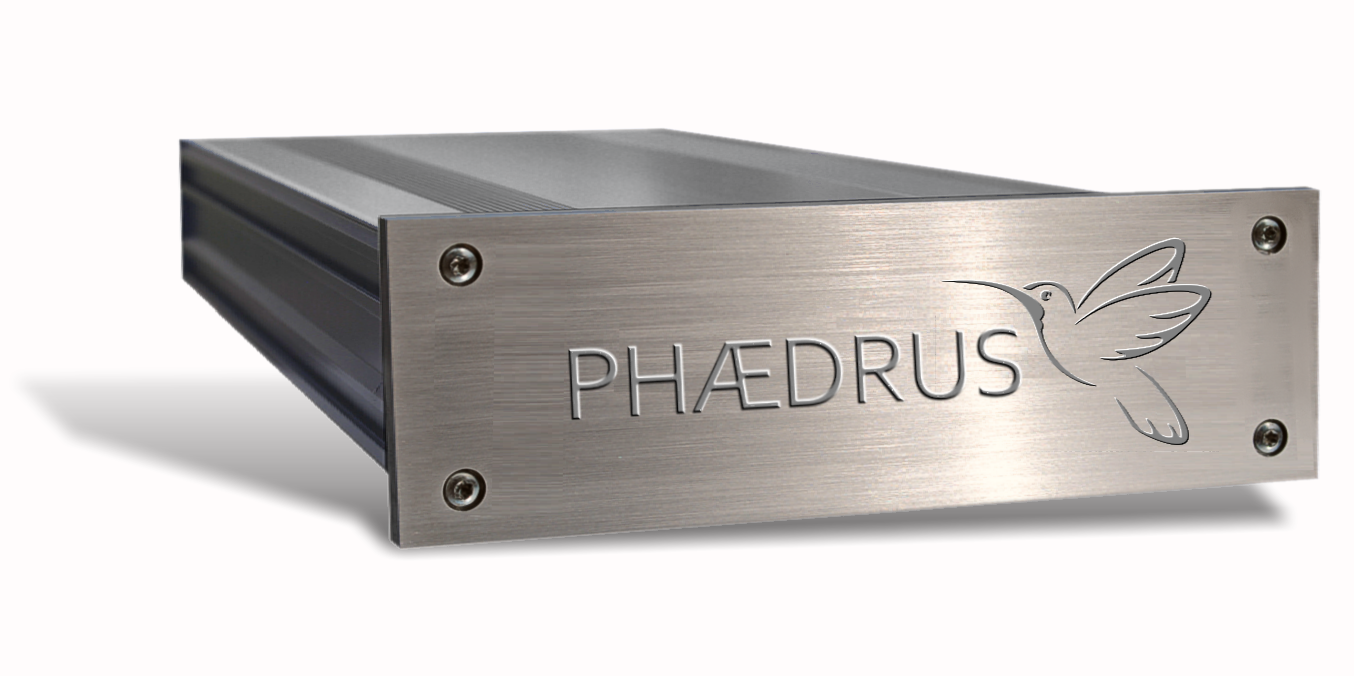

The stereo correction techniques collectively known as FRANCINSTIEN have been continuously developed since the 1990s when the first, passive matrix was produced and sold by Perfect Pitch Music.
Go to this link for history and background on what FRANCINSTIEN does.
Alternatively, if you're short of time, here is the one minute guide to FRANCINSTIEN.
Gradual improvements to the FRANCINSTIEN have included: better matrix components (in the PLUS); the addition of buffer amplifiers (Acif); the recalculation of the crosstalk components (Bride of FRANCINSTIEN).
 However, the most radical improvement came with FRANCINSTIEN T-Sym which was launched in 2016 as part of Pspatial Audio's Stereo Sauce software.
However, the most radical improvement came with FRANCINSTIEN T-Sym which was launched in 2016 as part of Pspatial Audio's Stereo Sauce software.
FRANCINSTIEN T-Sym is radical because it incorporates findings derived from a theoretical analysis of a stereophonic sound reproduction system as a sub-optimal wavefront reconstruction system which post-dates the original research which informed the original Stereo Shuffling techniques by thirty years1.
Bennett, Barker and Edeko's theoretical analysis of a two-loudspeaker stereo system as a flawed "audio hologram" permits us to build a complete theoretical model for the derivation of two-channel stereo correction signals so that we can correct for shortcomings in stereo with unparalleled accuracy.
But T-Sym was developed for Pspatial Audio's Stereo Sauce software as a purely digital, file-based process and was implemented with non-causal digital filters. No direct real-time implementation of FRANCINSTIEN T-Sym is therefore possible. (At least in a universe where time only runs in one direction!)
FRANCINSTIEN WARP (for WAvefront Recontruction Processor) is an innovative, real-time implementation of the original, non-causal FRANCINSTIEN T-Sym algorithm.
The FRANCINSTIEN WARP-III is a line-level device, designed to be used between a source and a preamplifier (or integrated amplifier). It may be used balanced or unbalanced, so the unit is equally at home in the mixing/mastering studio.
The analogue circuitry is of the highest possible quality - with cutting-edge op-amps and audiophile passive components used in unique analogue signal-processing circuitry. The WARP-IIi processor itself is partnered by an external, universal power-supply which is supplied with the unit. Alternatively the WARP-III processor may be used with the PILOT power supply.
Size: 220mm × 170mm × 55mm (L × W × H).
WARP Supply: DC input on screw locking connector
Consumption: Less than 5 Watts in all configurations and active.
Sensitivity: Nominal 250mV RMS (2V RMS for 0dBFS)
Input load: 50kohms
Gain: 0dB
Output level: 0VU (standard recording level) = -10dBV. Max output = +24dB re. 0VU (+15dBu).
XLR polarity convention: Pin 2 is “hot”¹
Frequency response: Programme dependent
Crosstalk: Programme dependent
Total output noise: 10μV RMS, A-weighted
Maximum input signal (prior to clipping): 3.9V RMS
Headroom (wrt nominal sensitivity): 24dB
1. According to AES 14 standard for professional audio equipment — Application of connectors, part 1, XLR-type polarity and gender. In turn, based on IEC 60268-12 Sound System Equipment Part 12: Application of Connectors for Broadcast and Similar Use, International Electrotechnical Commission, Geneva, Switzerland.
Phædrus Audio reserves the right to change specifications without notice.
1 Bennett, J.C. et al. A New Approach to the Assessment of Stereophonic Sound System Performance. J.Audio Eng. Soc., Vol.33, No.5, 1985 (May)

Address all mail to sales@phaedrus-audio.com
